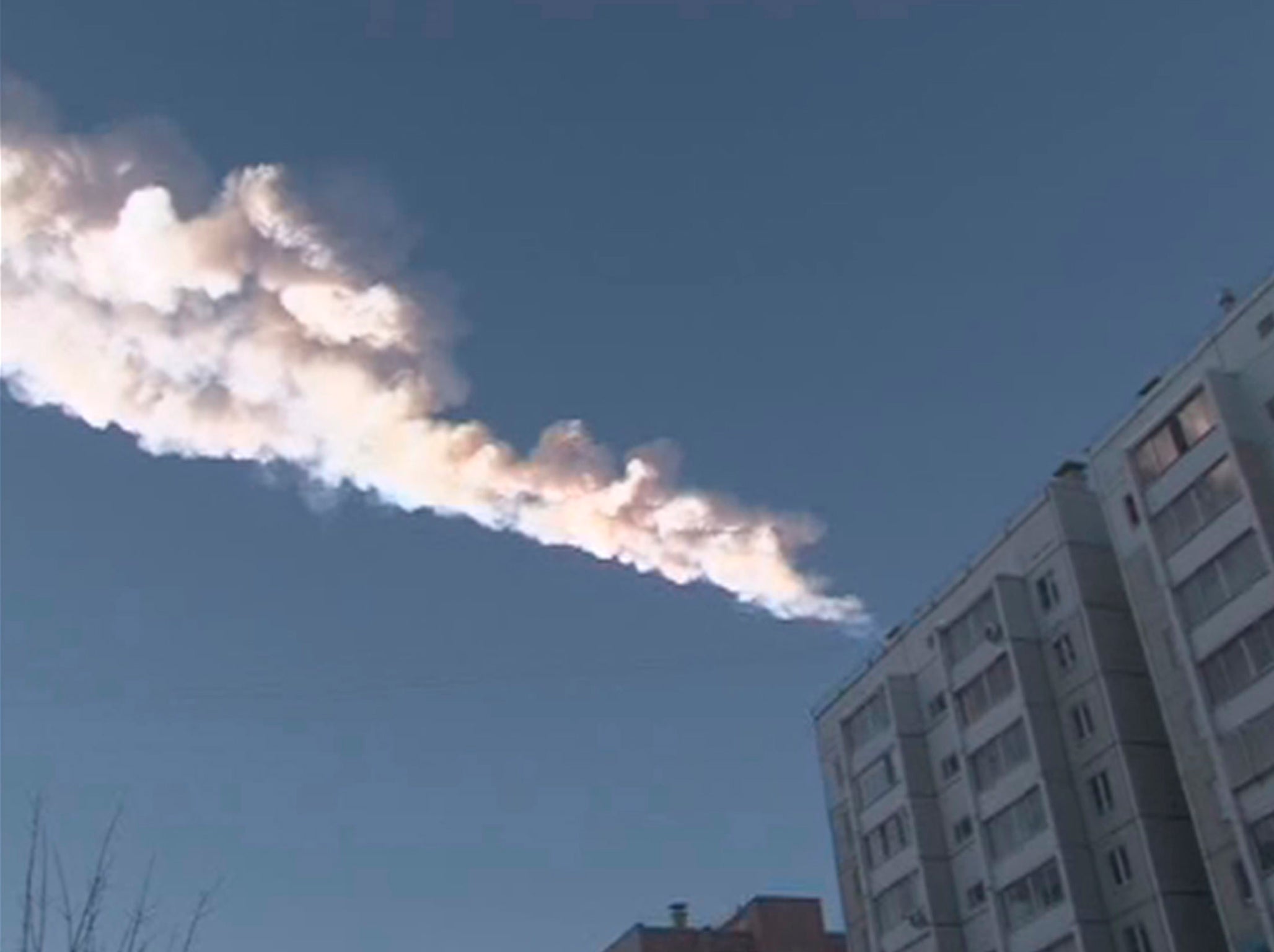Huge fireball explodes over Atlantic as meteor flies into Earth from space
Scientists say it was the most powerful explosion since a famous and lethal one in 2013

A huge fireball crashed into the Atlantic this week, unleashing the same amount of energy as the first atomic bomb, and barely anyone noticed.
A meteor flew into the atmosphere about 600 miles off the coast of Brazil. As it did so, it exploded in the air and unleashed a huge blaze in the Atlantic sky — but nobody was really around to see it.
Even despite the huge power of the explosion, scientists said that the explosion would have caused few problems even if it happened near people.
“Had it happened over a populated area it, would’ve rattled some windows and probably terrified a lot of people,” said researcher Phil Plait. “But I don’t think it would’ve done any real damage."
The incident was logged on Nasa’s Near Earth Fireball Report page, when it came to prominence.
The explosion was the most powerful since a fireball exploded over Chelyabinsk. That injured 1,600 people when it exploded in February 2013.
Similar impacts happen throughout the year, and mostly go unseen, according to scientists. The impacts are occasionally picked up by military sensors, but are not often seen or filmed.
Many objects fly into Earth’s atmosphere, but most of them burn up without causing any problems and long before they’ve arrived anywhere near the Earth.
Nasa watches for hazardous “near-Earth objects”, which are tracked as they fly around our planet. But it can sometimes miss them, as with an Asteroid that flew close past last year and was spotted until it was very close.
The devoted Nasa programme to such objects says there is no known threat to the Earth this century.
Join our commenting forum
Join thought-provoking conversations, follow other Independent readers and see their replies
0Comments